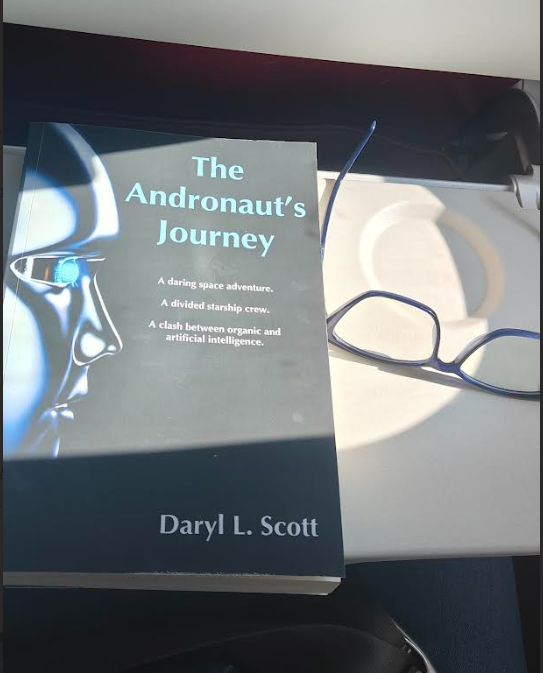Immensity with which the social networks are growing is unprecedented in its own way. Facebook consists of roughly 1 billion users, twitter has 500 million users, LinkedIn has over 225 million users, Pinterest has more than 10 million users, Instagram uploads 5 millions images everyday and Google+ receives 5 billion +1’s daily.
This is not enough, there are Asian networking sites boasting of more than 500 million users. For example, Qzone social networking website, which was created by Tencent in 2005, allows users to write blogs, keep diaries, send photos and listen music has a user base of more than 700 million users. Sina Weibo, a Chinese microblogging (weibo) website akin to a hybrid of Twitter and Facebook, happens to be one of the most popular sites in China has 500 million users. WeChat a mobile text and voice messaging communication service developed by Tencent in China, has 300 million users.
The tentacles of social media have acted like a bridge filling in gaps between brands and consumers. Be it marketing, branding, politics, sports, businesses, FMCGs, retails, enterprises, startups, education, entertainment, social media is just everywhere. Majority of the users correlate their profile account(s) – on one or many networks – as their unique identifier. With the plan of giving their best shot, they create their virtual identity in the virtual world, where the audience is of course virtual. (Period).
Users start living in this simulated arena, express their feelings and broadcast their viewpoints, shed their judgment or evaluation. Within no time, more and more audience or the users were found drenched in the addictive rain of social media. One among many reasons was the podium, which according to them, the social media offered. It became a place for them to voice out their feelings & opinions and at the same time, they were being heard and replied by their virtual audience. Soon enough, the social media became their favorite hanging out place for broadcasting views, news and simultaneously people were able to get updates from their network peers, an addictive feature first introduced by Facebook.
Eventually, social media created a vault of opinions hence, giving rise to an altogether a new form of learning called the sentiment analysis or the opinion mining, which means, ability to understand what people say online.
According to Wikipedia, sentiment analysis refers to the use of natural language processing, text analysis and computational linguistics to identify and extract subjective information in source materials. Its basic aim is to determine the attitude of a speaker or a writer with respect to some topic or the overall contextual polarity of a document.
Data obtained from sentiment analysis is important as it gives insights into the minds of audience, which could be clients, customers or employees. For instance, using sentiment analysis, companies can get feedback from their customers about their products and can find out whether they have happy customers or vice-versa.
Sentiment analysis can further give rise to predictive analysis about what the users are looking for or envision the trajectory of an innovation. The role of social media in political gambit like canvassing is a proof of it. Barack Obama rose more than three times as much money as McCain through his own social network, My.BarackOBama.com. It had more than 1 million members. He was also the most popular celebrity on YouTube in 2008. Similar kind of craze is seen for the prime Ministerial candidate Narendra Modi across social networks in India.
Sentiment analytics is of great value across various industries. If any organization wants to understand the intricacies of their work culture or understand the behavior of their employees or clients or customers, they must delve into the minds using the tool called the social sentiment analytics. After all, who does not want the “wisdom of the crowd” 😉
Image: School Fusion Classroom




